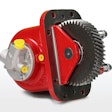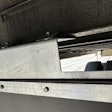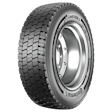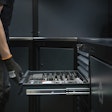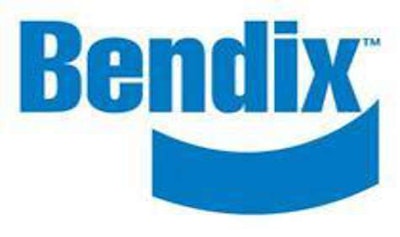
Air Systems
(Tips from Richard Nagel, Bendix director of marketing and customer solutions, charging)
Keep it dry. Moisture in the air system can condense and freeze, increasing the odds of brake and valve malfunctions. If the air dryer cartridge hasn’t been replaced lately, now is the time to do it. Bendix recommends oil-coalescing cartridges like the PuraGuard, since oil aerosols passed into the system can be particularly harmful.
Check the dryer’s purge valve for corrosion or grit accumulation and replace it if necessary. Corrosive road chemicals can damage the purge valve and putting in a new one as a safeguard is a relatively quick and simple bit of preventive maintenance.
Manually drain the air tanks to start the season. Today’s vehicles use compressed air for more non-braking functions, including automated manual transmissions (AMTs), advanced safety systems and emissions controls. Draining every three months is generally sufficient for typical line haul trucks, but more often — monthly or even weekly — is recommended for vehicles with high air demand, such as vocational trucks.
Unless it’s an emergency, avoid using de-icing solutions on an air system. They can corrode O-rings and valve seals. If one must be used, limit the exposure to as small an area as possible and keep an eye on the affected parts.
Electronics and Controls
(Tips from Fred Andersky, Bendix director of marketing and customer solutions, controls)
Remember that driver assistance technologies — like stability and collision mitigation — rely on maintenance of lower level systems like tires and the brakes to ensure performance in the field. Maintaining these systems is especially critical in winter when electronic systems may be called on more often to help mitigate crashes. Check tires for adequate tread depth and proper wear, and wheel-ends for tight bolts and cracks.
Run a diagnostic check to make sure tire pressure monitoring systems are operating properly. Internal and external temperature swings, along with slick road conditions, make running on the right tire pressure exceedingly important in the winter.
Keep external cameras and radar sensors — forward-mounted collision mitigation units, for instance — clear of snow and ice. Check them immediately prior to getting on the road.
Check connections to ensure they are secure and water tight. Salt and other road chemicals can cause corrosion, which can ruin connectors and components.
Wheel-Ends
(Tips from Keith McComsey, Bendix Spicer Foundation Brake director of marketing and customer solutions, wheel-end)
Check air brake chamber housings. Check corrosion or damage that could enable corrosive materials to take hold and ensure that dust plugs are properly installed.
Drum-braked wheel-ends. Lubricate the automatic slack adjusters, clevis pin connections, cam tubes, shafts and bushings. Lubrication is an effective tool for combatting corrosion because it keeps moisture at bay.
Wheel-ends with air disc brakes. Check the guide pins and inspect the boots for tears or punctures that could permit corrosion of the caliper within. Replace any pins or boots as needed. Verify that the shear adaptor cover is in place and fully seated.
Ensure free movement of air disc brake pads in the carrier. Remove them and clean the carrier surface with a wire brush, if necessary, and make sure the brake moves freely on its guidance system.
Maintenance and upkeep efforts in the shop and on the road can keep vehicles running smoothly and safely, Bendix advises.

